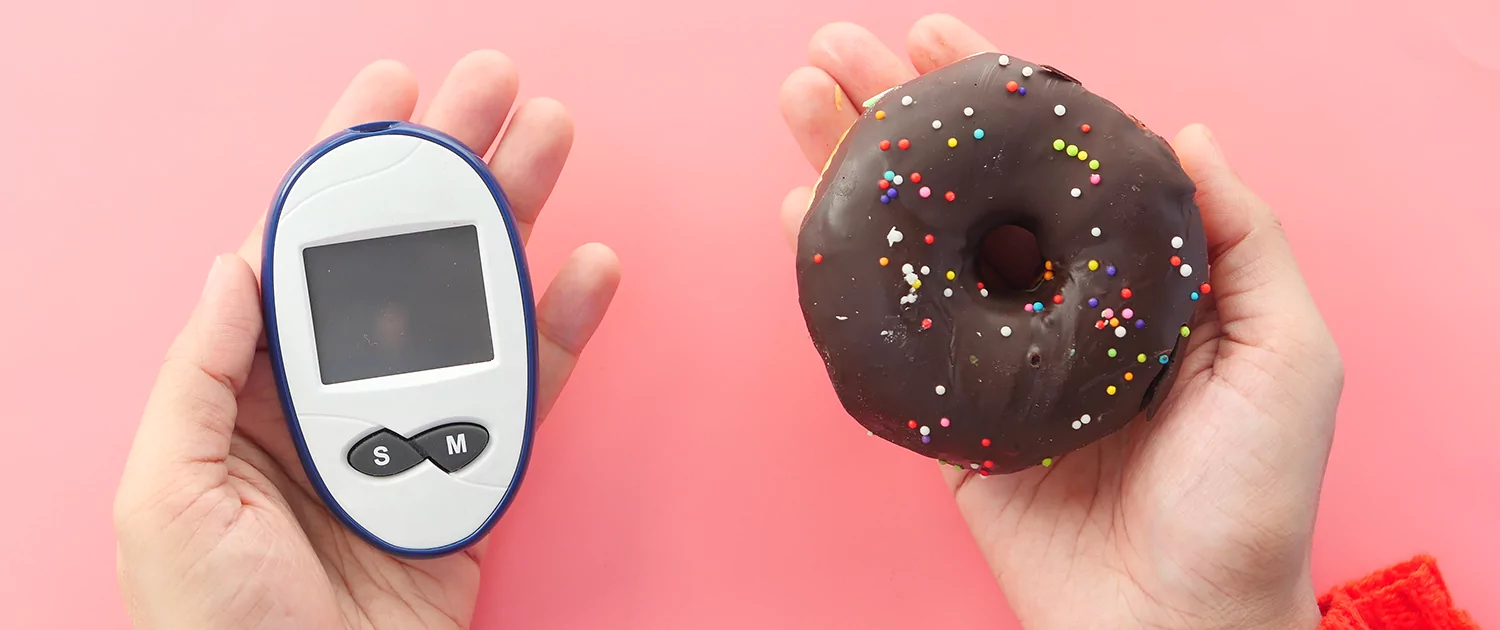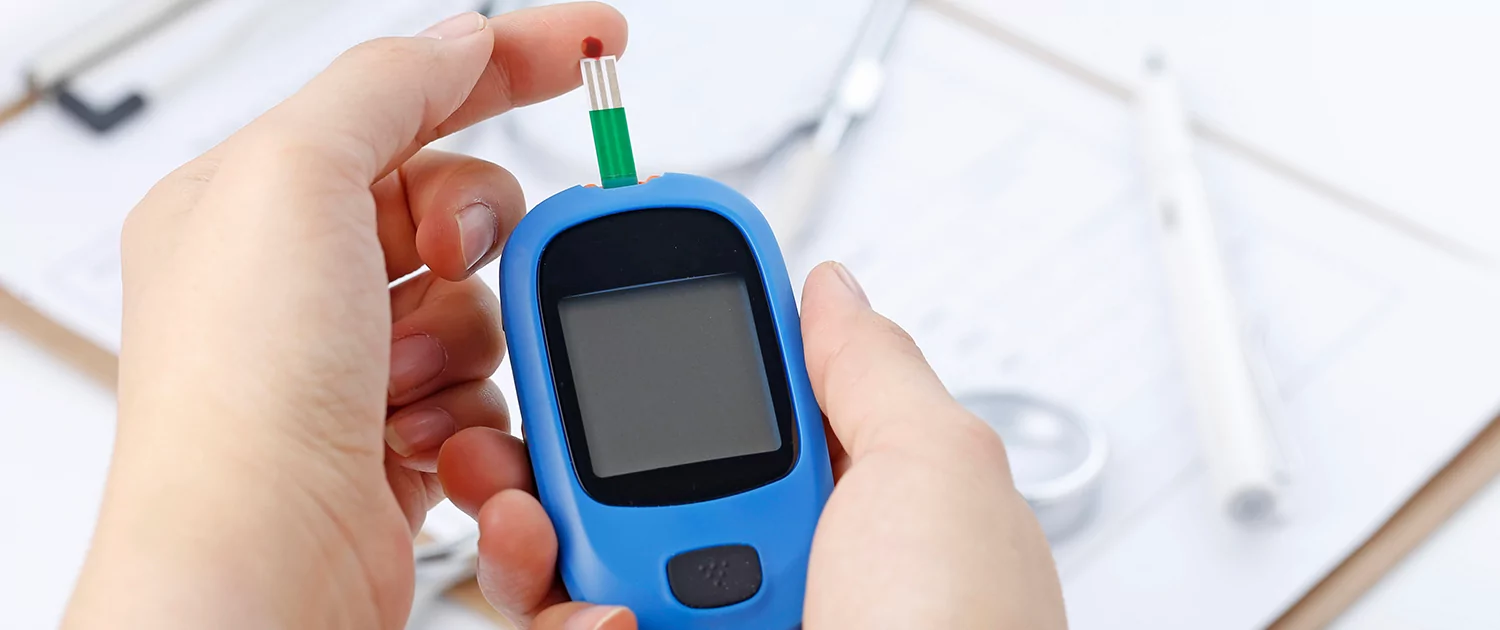How Can You Track Your Children’s Diabetes Test?
For some children, diabetes can cause delayed onset of puberty or lifestyle changes over time. This happens if diabetes is not under control and they do not get enough insulin. Without proper treatment, boys in particular may not grow as fast or gain weight as other boys their age. Girls may experience their first menstrual cycle later than usual. Your child’s doctor will tell you how often you should check blood glucose levels and what the ideal blood glucose levels are. Monitoring children’s diabetes at regular intervals is therefore important and protects them from possible complications.Symptoms of Type 1 and Type 2 Diabetes in Children
One of the most common symptoms of Type 1 diabetes in children is frequent urination. This can sometimes lead to bedwetting or inability to reach the toilet. Frequent urination is associated with an increased desire to drink water. In children who drink more fluids and urinate more frequently than usual, these symptoms are accompanied by fatigue. Symptoms of Type 2 diabetes in children Type 1 diabetes symptoms are the same, but symptoms start to appear after a longer period of time. It can also develop due to factors such as genetics and lifestyle.What to Consider If Your Child Has Diabetes? What is a Diabetes Test?
Establishing a routine to manage the progress of children with diabetes is an important point for parents. For this, parents should first learn the following:- Blood glucose monitoring
- Injecting insulin
- Carbohydrate counting
Monitoring Blood Sugar in Children
Two types of devices can test blood sugar or glucose levels, a blood glucose meter measures the amount of glucose in the blood while a continuous glucose monitor measures the amount of glucose in the fluid around the cells just under the skin. The doctor decides which device is suitable. To minimize pain with the commonly used blood glucose meter, it is recommended to puncture the side of the child’s finger instead of the tip, but not close to the nail. To take the measurement, a test strip is inserted into the blood glucose meter, which automatically turns on most meters. Make sure that you and your child’s hands are clean. Use water instead of baby wipes (they contain glycerin which can alter the result). Ask your child to hold their hand towards the floor to get more blood flow to the fingers. Make sure your child’s hands are warm – cold hands make it harder to draw blood and finger pricks hurt more. Wipe off the first blood and touch the second blood to the strip. The device displays the result on the screen in a short time. It is important to record these results with date, time, hunger and satiety notes. These results should be taken and checked by a doctor.Lifestyle Changes
If one child in the family has diabetes, it is important to encourage the whole family to eat healthier. Because if everyone makes changes, they don’t feel like they are missing something and they don’t feel problems with their nutrition. Feeding outside the home can be especially challenging for children, so planning your child’s meals and snacks in advance helps manage blood sugar. If your child plays sports or is more active than usual, check their blood sugar before starting the activity. Check when active and again when finished. Because exercise can affect blood glucose levels for up to 24 hours, so they may need to take extra insulin or eat extra snacks.Diabetes Test
You may be interested in : Diabetes Monitoring Device






